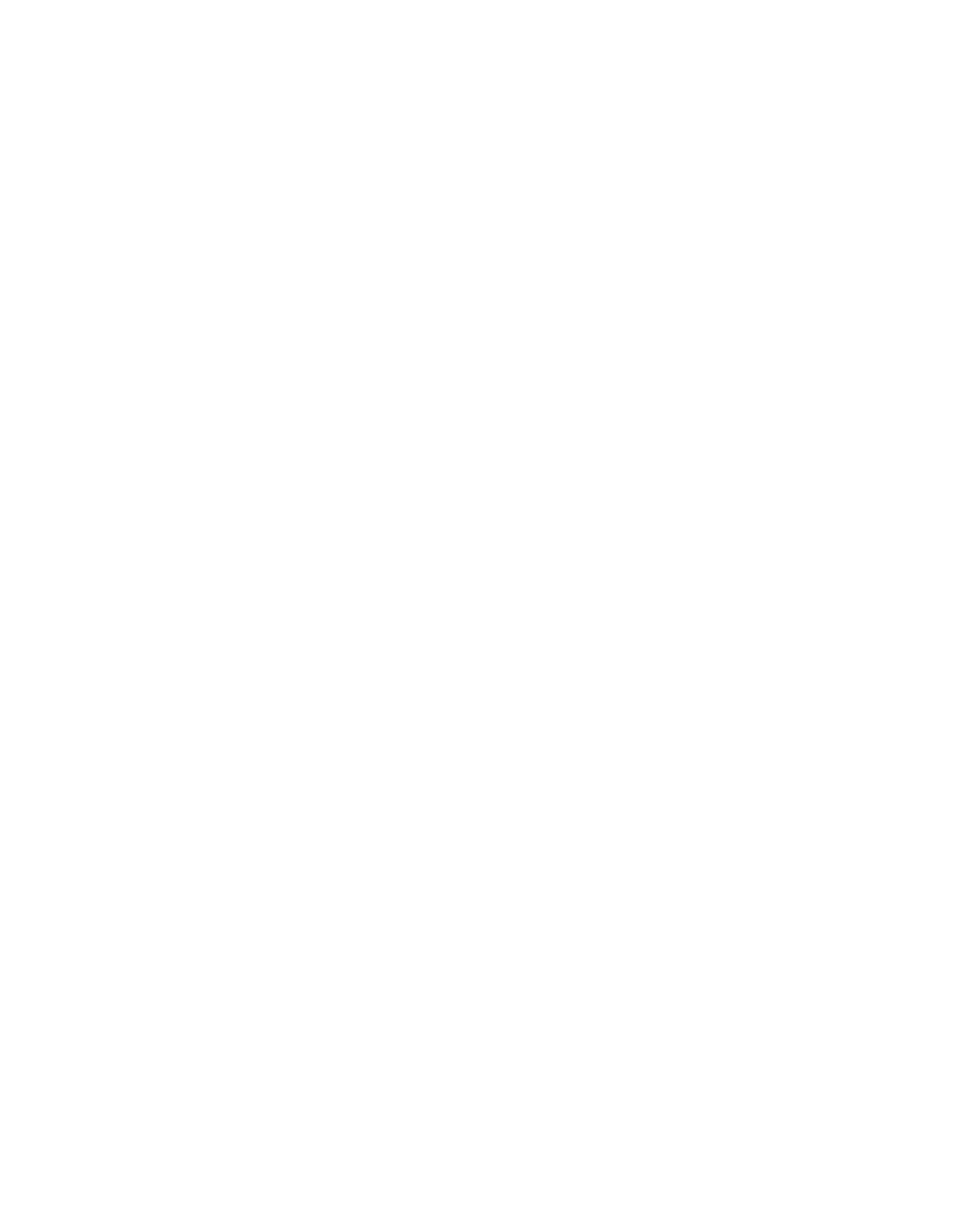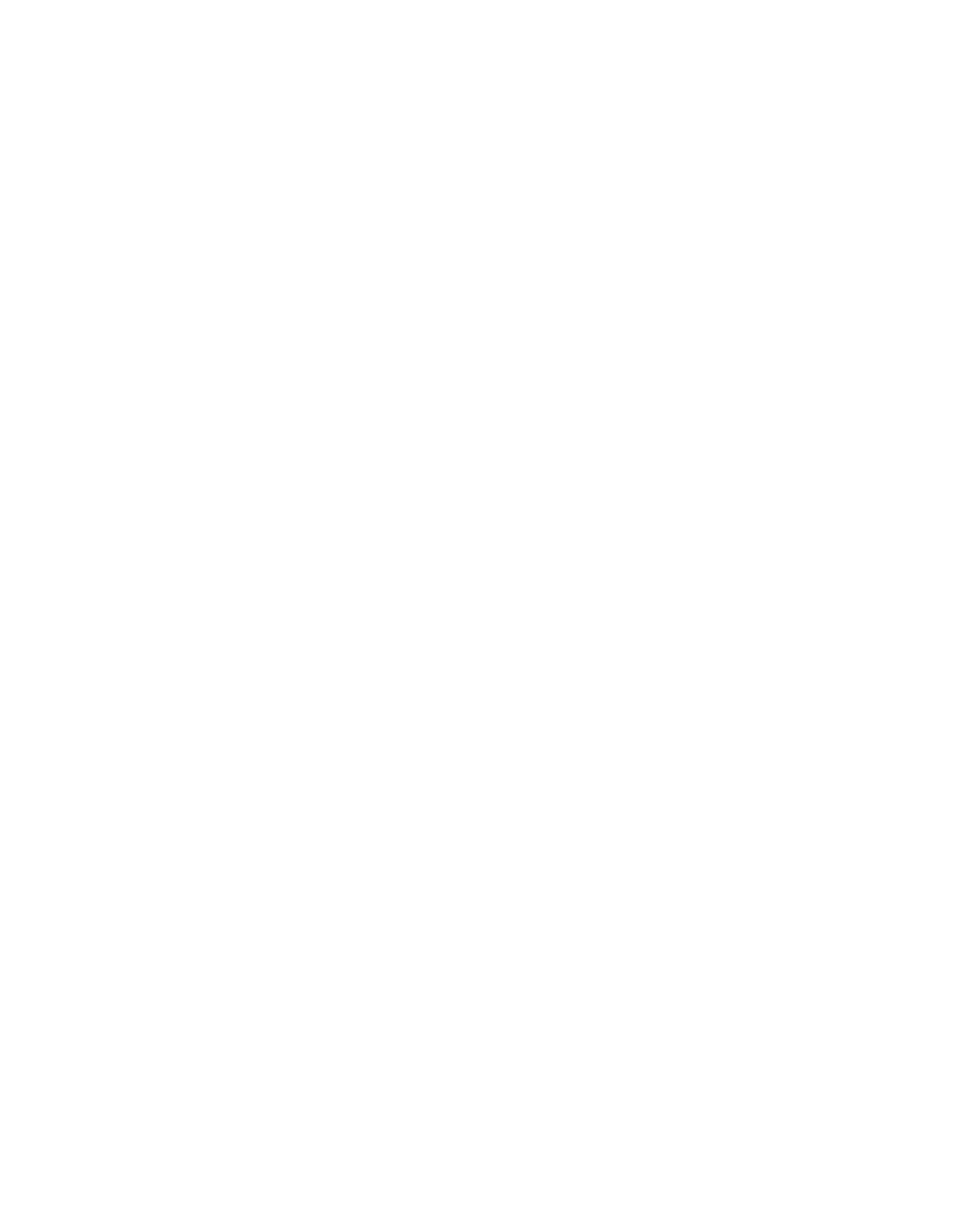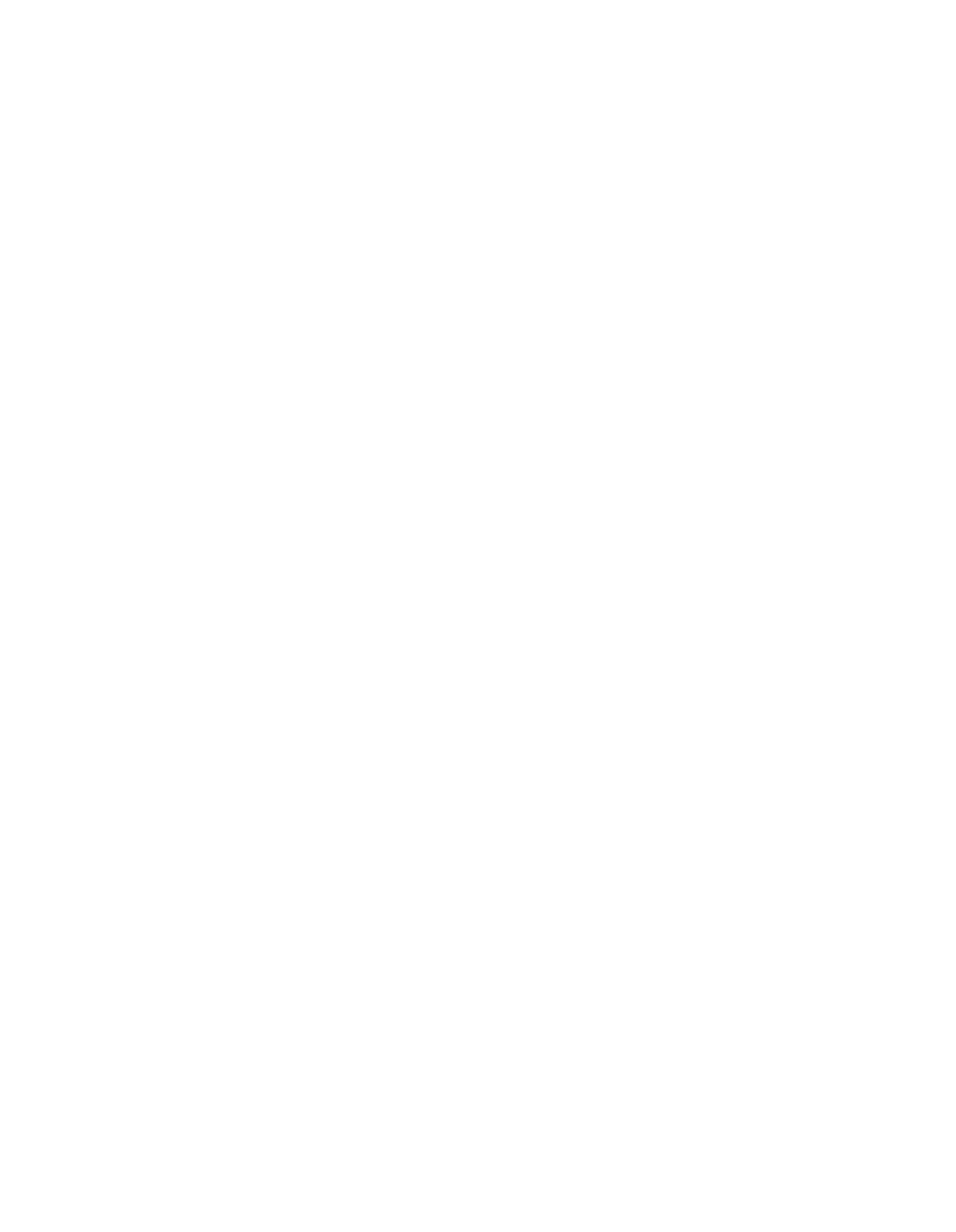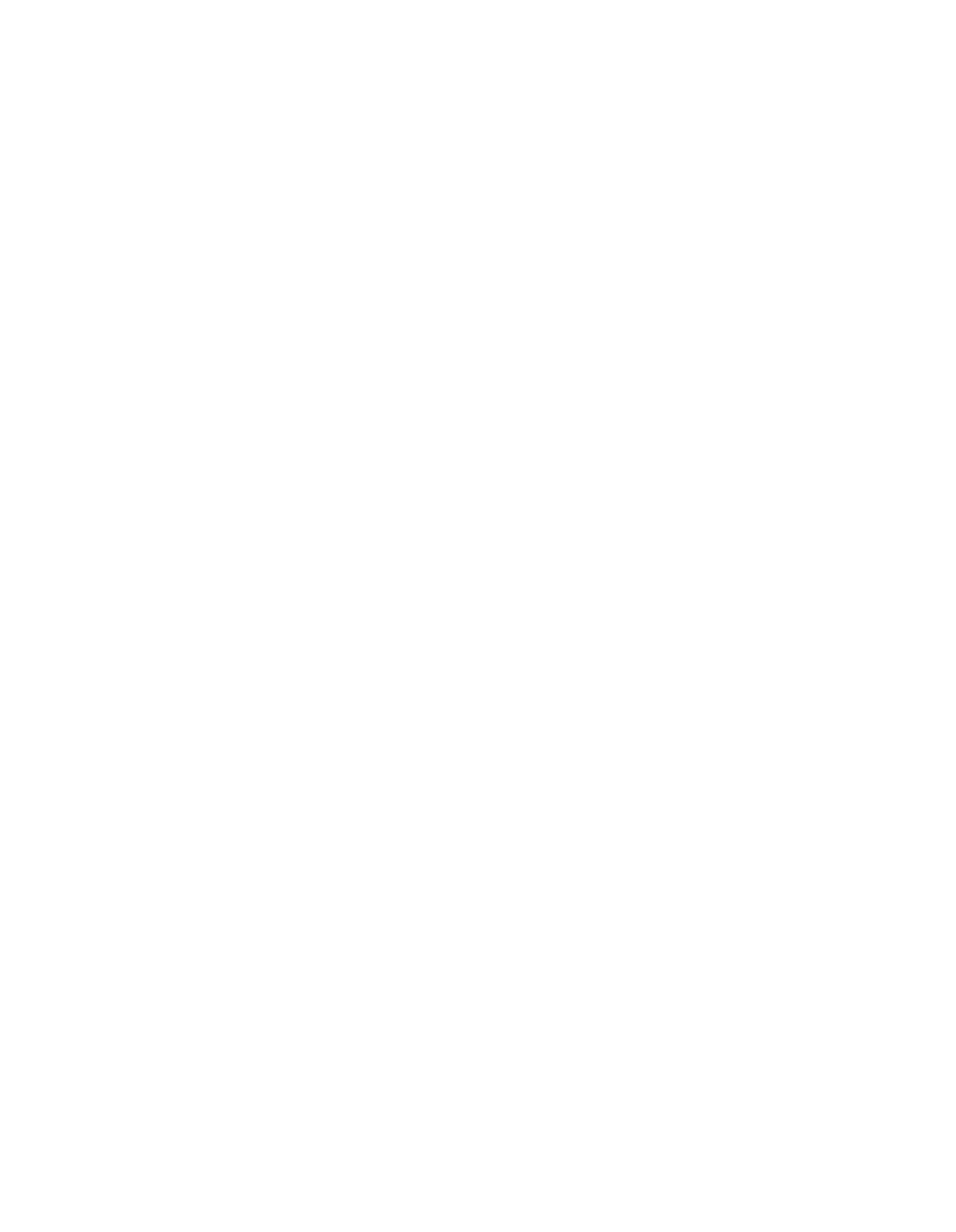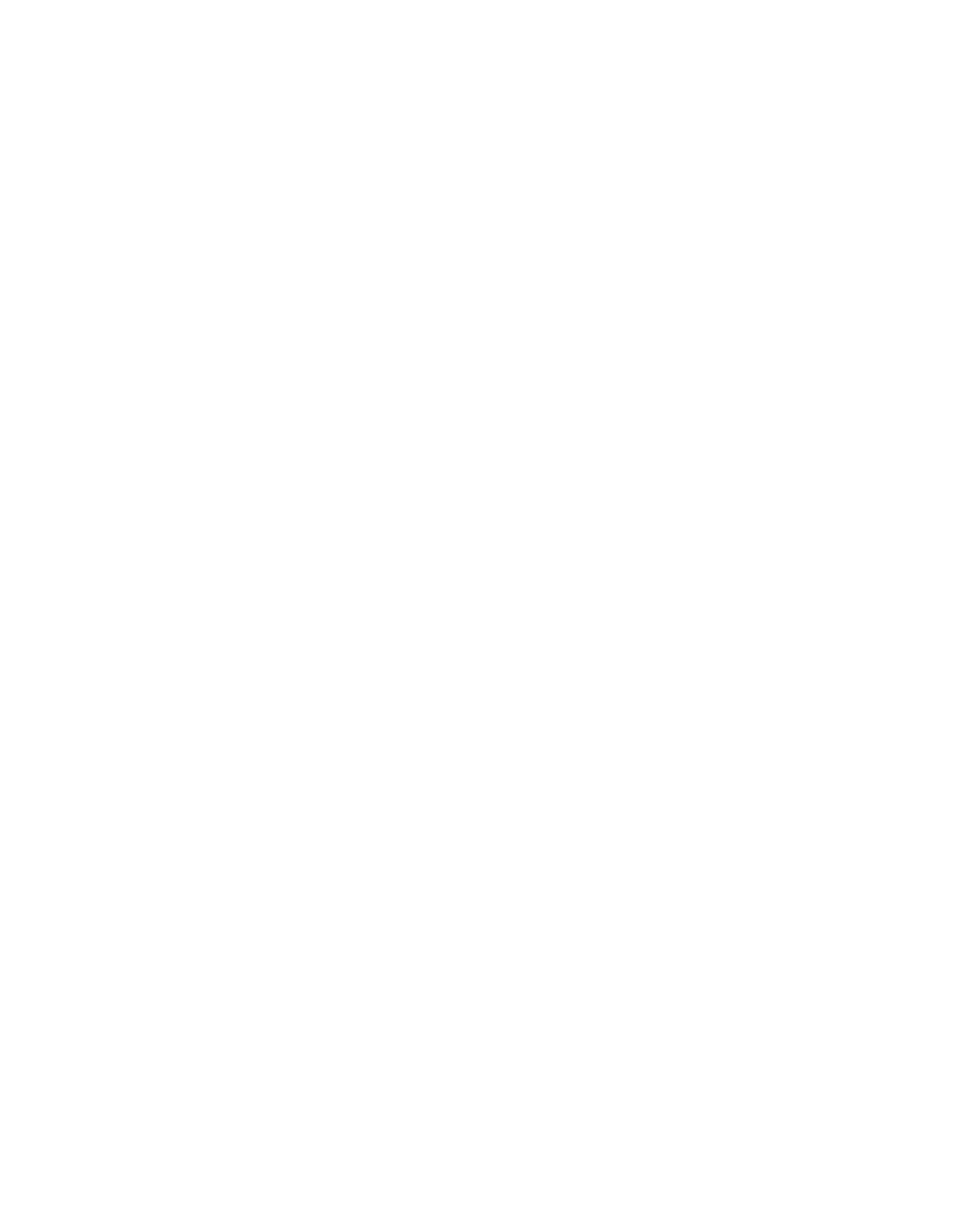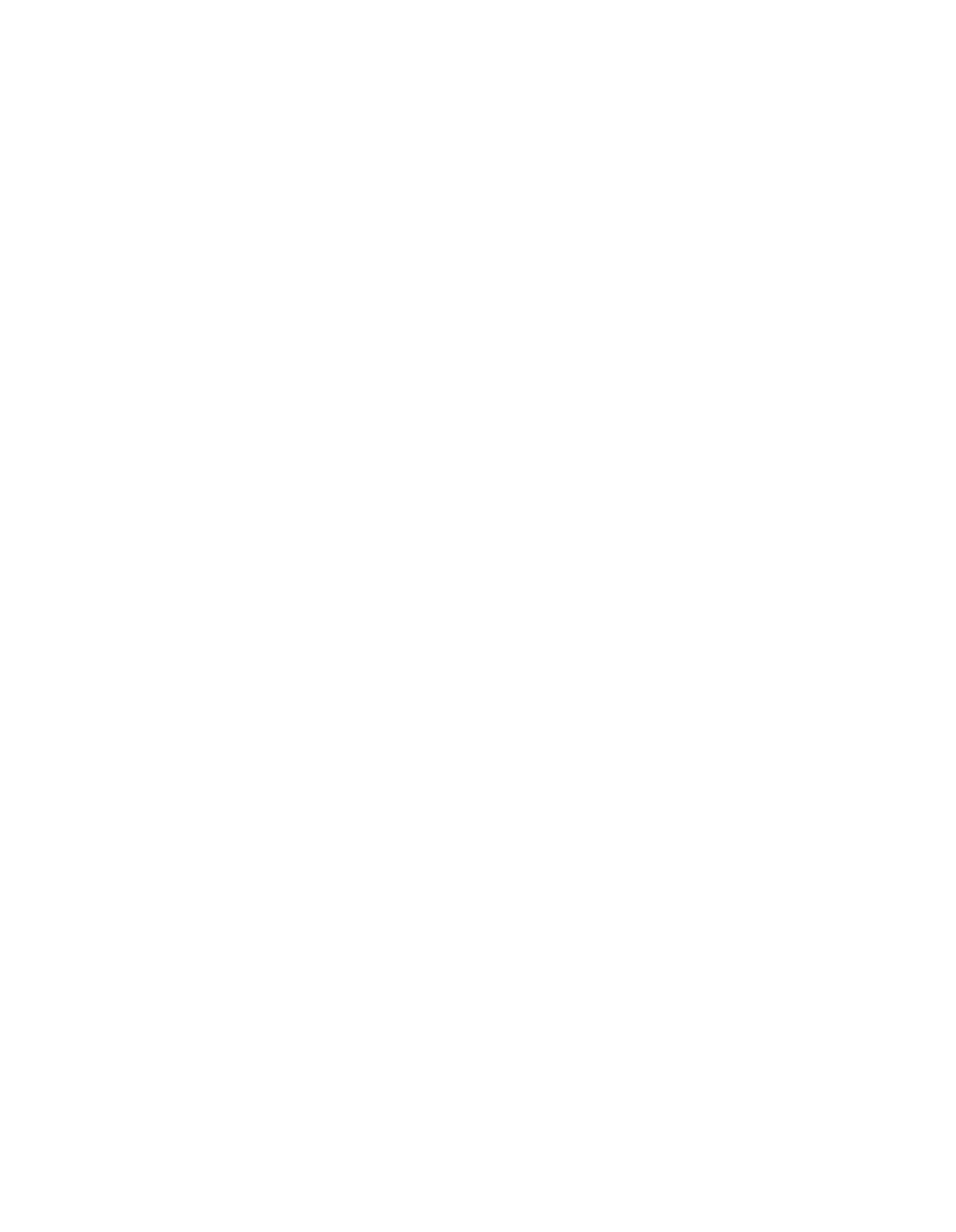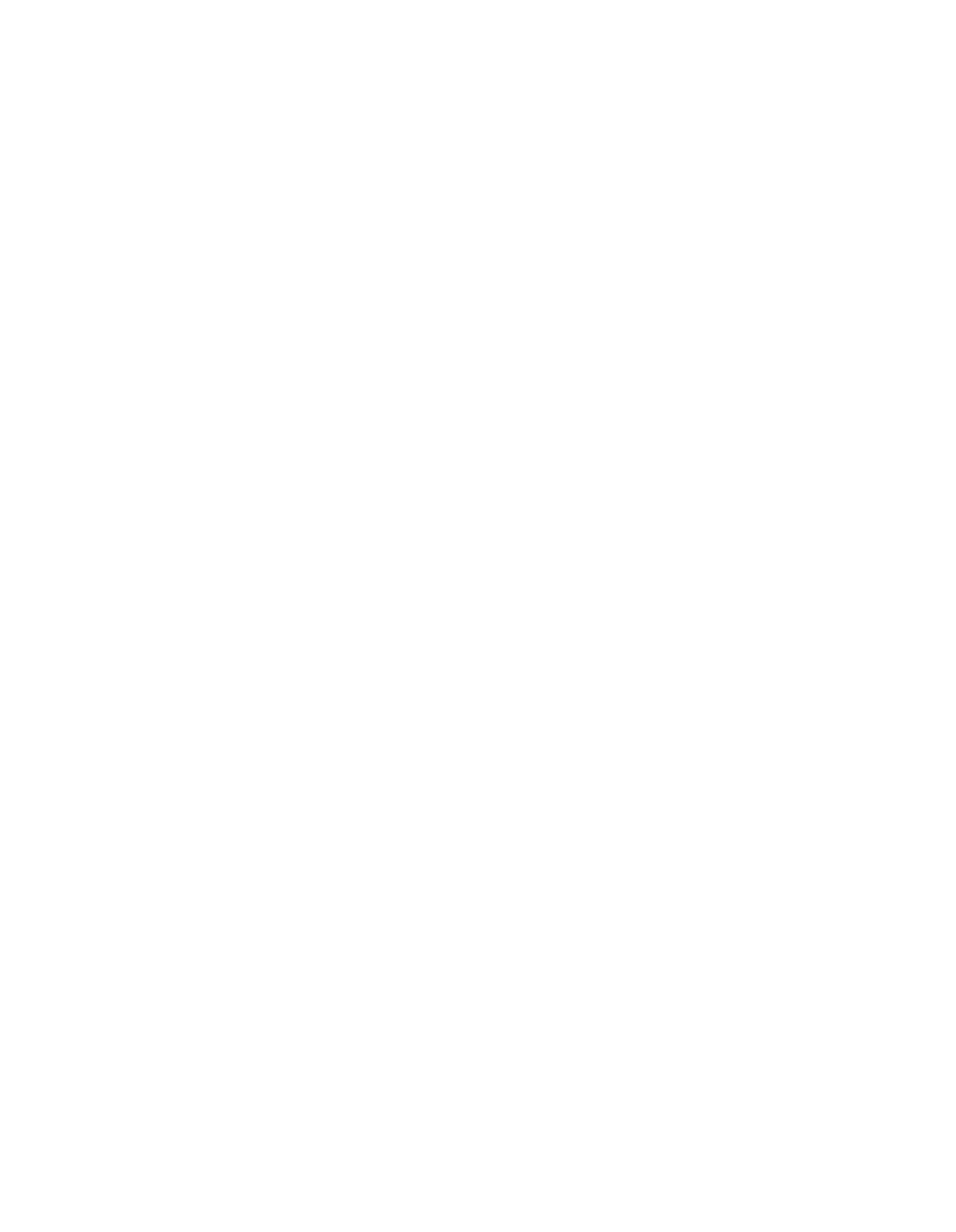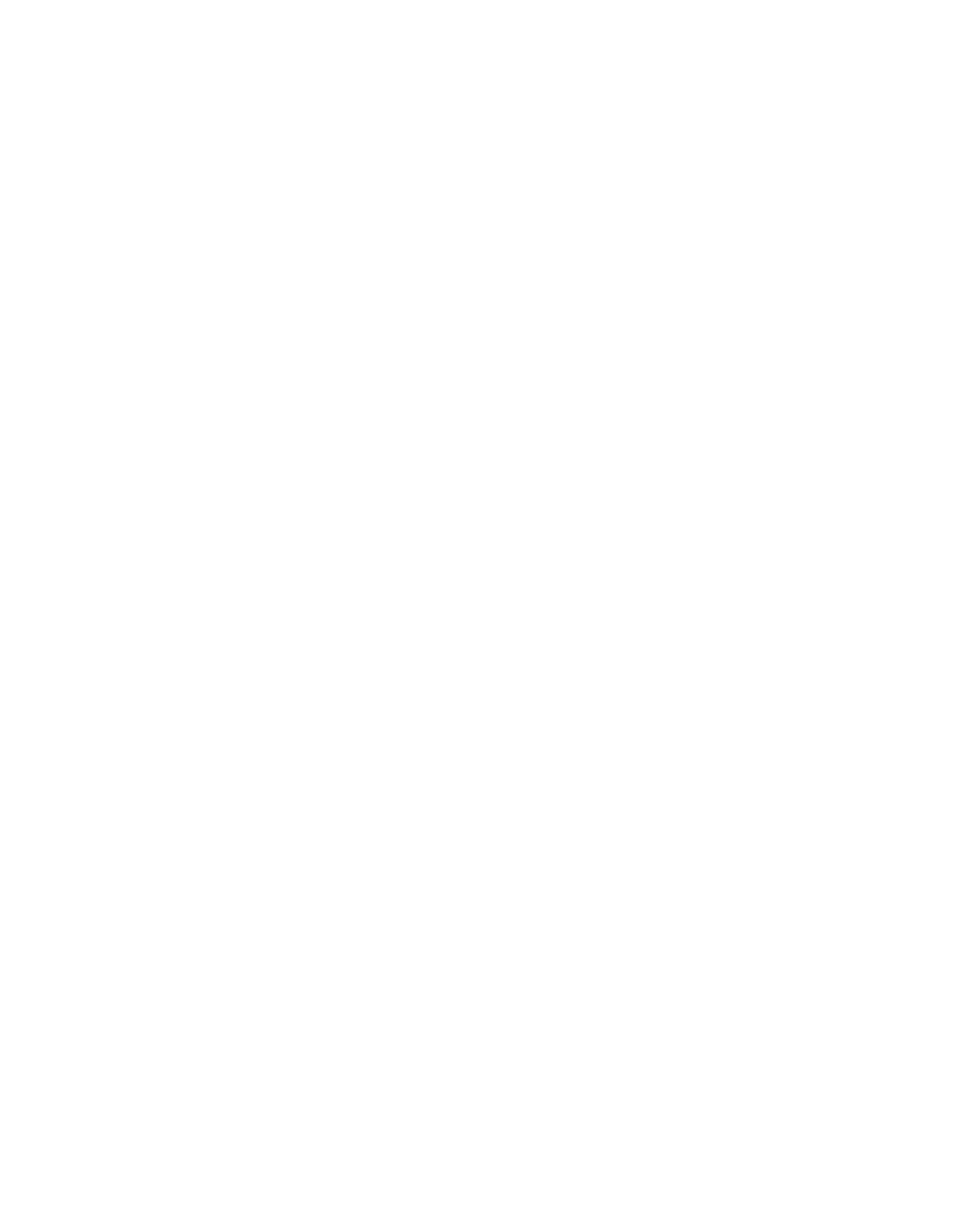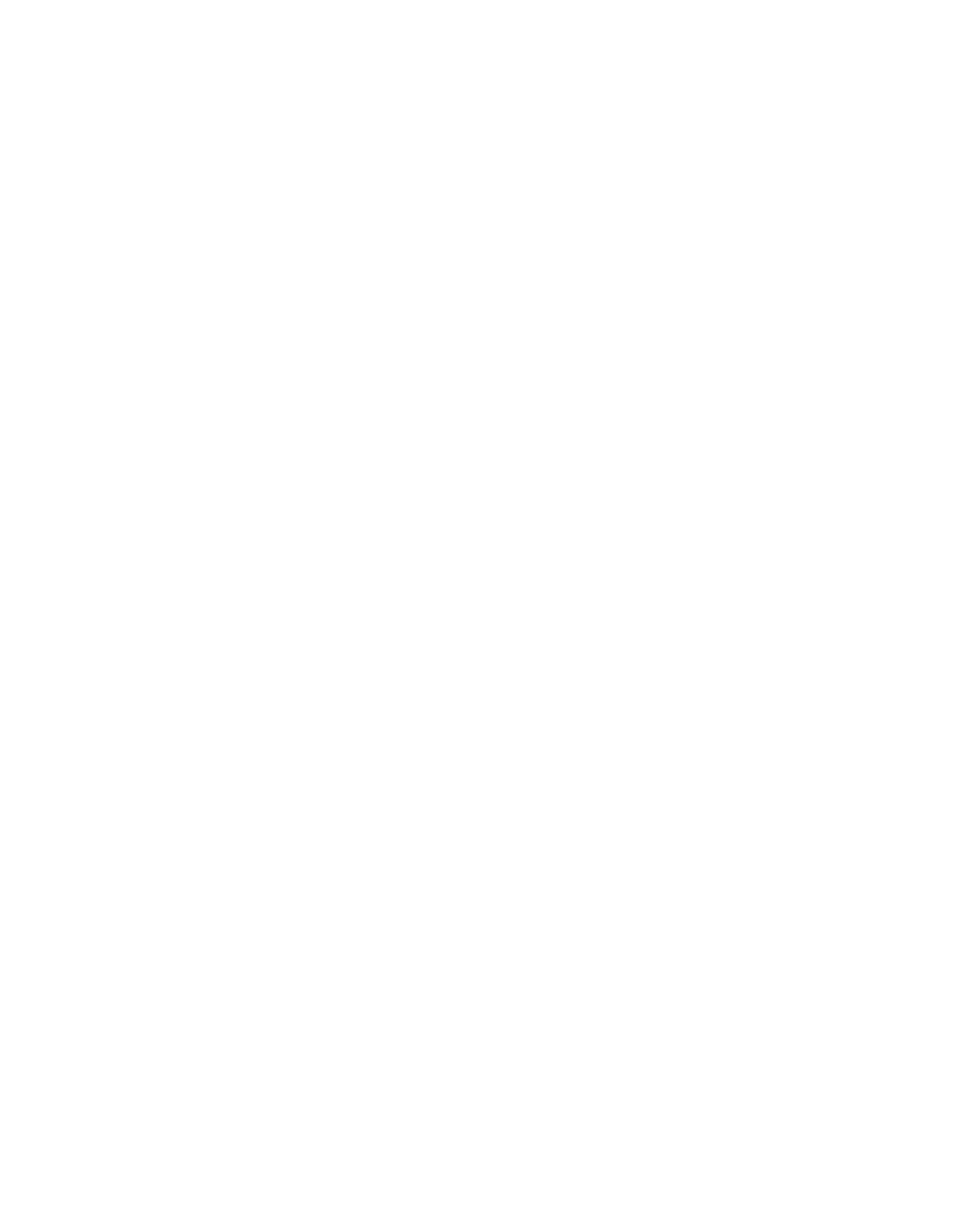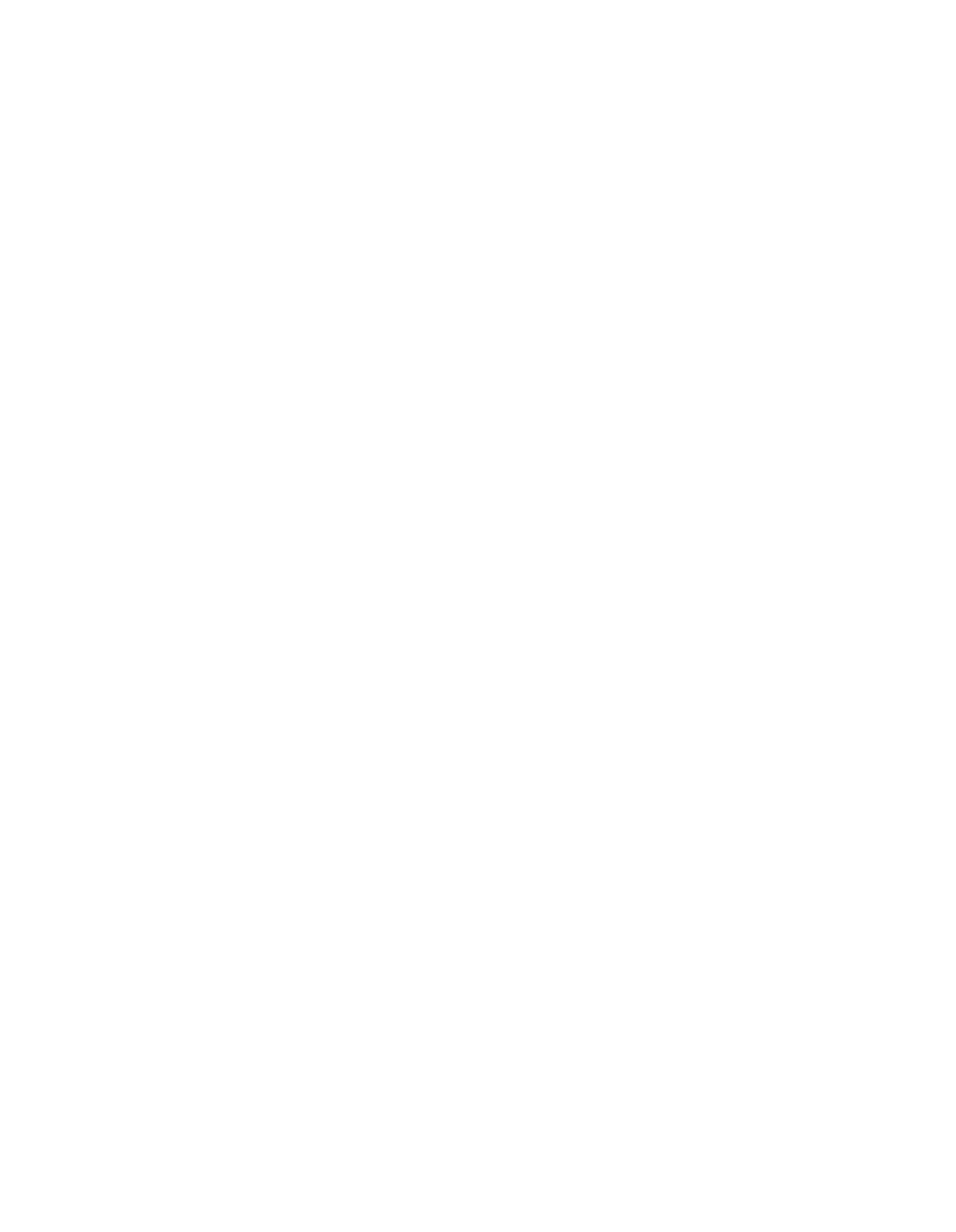7—04;
441PM
;
217737f.641#
2
RECEflVED
CLERK’S OFFICE
JUN
07
2004
I.LLNOIS
POLLUTION CONTROL BOARD
STATE OF ILLINOIS
Pollution Control Board
TNmi~
~rr~
oF~
)
)
PROPOSED
AMENDMENTS
TO
)
R04-22
REGULATIONS OF PETROLEUM
)
(Rulemaking
-
Lanc~)
LEAKJNGUNDERGROUND STORAGE)
TANKS
(35
ILL. ADM. CODE 732)
)
TESTIMONY OF MICHAEL
W. RAIPPS ON
BEHALF OF
THE
ILLINOIS SOCIETY OF PROFESSIONAL ENGINEERS
REGARDING.
THE ENVIRONMENTAL PROTECTIONAGENCY’S PROPOSAL
TO
AMEND
35 ILL
ADM.
CODE
732
1.
Background
My name
is
Michael
Rapps.
I
am
a licensed professional
engineer
and the president and
CEO
of
Rapps Engineering & Applied Science, Inc., a Springfield based consulting firm.
I
am
testifying
on
behalf
of
the
lUinois
Society
of
Professional
Engineers
(ISPE),
an
association of more than 2000 Professional Engineers (P.E.’s), Engineers-in-training (EIT’s)
and engineering
students.
Apart
from
my
association with
ISPE, I
am
a
member of
a
number of other professional associations and trade associations, including most notably, as
pertains to the instant matter, the illinois Petroleum Marketers Association (IPMA).
In
1994 I
testified before
the
Illinois
Pollution
Control Board,
on
behalf
of
IPMA,
in
support of a.proposed interim risk-based cleanup standard for leaking underground storage
tanks
(LUST’s).
This was clone in connection with a sub-docket (Docket B)
created by the
Board when it adopted
the
initial
Part
732
regulations.
The
risk-based
cleanup
standard,
designed by myself, and proposed by IPMA as a means of cost
containnierit for the Illinois
LUST Fund, was adopted by the
Board,
arid remained in use
for LUST cleanups until the
Board
amended Part
732
in
1997
(re:
1k
97-10).
I testified
on
behalf of
IPMA
in
that
proceeding as well.
The
1997 Board amendment of Part 732 coincided with adoption of the
companion Part
742
(K
97
—
12), Tiered Approach To
CorrectIve Action
Objectives
(i.e.,
TACO).
Methodology imbedded
in
the
latter replaced the
1994
interim
LUST
cleanup
standard.
In
addition
to
being
active in LUST-related rulemaking, I have
designed and implemented
numerous LUST
(and Brownfield) investigations and
cleanups.
Underground
storage tank
work is
tiot
the principal thrust
of my
company, but
it
does
represent approrimateJy ten
percent of our professional
service billings.
Consequently, I am
familiar with the practical
elements of LUST
remediation
and the
practices of the
Illinois
Environmental Protection
Agency (EPA,
Agency)
as theyrelate to the administration ofthe Agency’s LUST program..
4 1PM
2177876641
4
3
2.
Observations
A~State ofthe
Program
The early
years of the Illinois LUST
program were plagued by inadequate funding and a lack
of
formal
cleanup
standards.
Both
problems
have
been
corrected.
As
with
the
administration of any large program there undoubtedly exists
aspects of the LUST program
that
might
be
improved.
However, on
balance,
I believe that
the program
is
functioning
smoothly, particularly in comparison to
its early
years.
This
is evident
at a
glance in
Figure
Nos.
1
and
2, which
follow.
Figure No.
1
shows
that the number of LUST Fund
claims
processed
and paid has steadily increased
from only
a
few hundred claims
per year in the
early 1990’s to approximately 1,400 claims per year in 2002, the lastyear forwhich published
data
are
available.
During
the
same
period
the
average
cost
per
claim
has
steadily
diminishecL
Figure No- 2
thows that the average dollar amount per claim has dropped from
roughly
$100,0C0
per claim in the early
1990’s
to
approximately $40,000 per claim in 2002.
Both Figure Nos.
1
and
2
were
constructed from data listed in
the
EPA
2003 LUST Fund
annual report
Figure
No.
1:
LiST Claims
Paid
Per Year
‘C
as
lb
(C
C.,
I’-
0
E
2
1600
1400
1200
1000
800
600
400
200
9
1990 1991 1992 1993 1994 1995 1996 1997 1996 1999 2000 2001 2002
zooa
Year
Figure
No.
2:
Dollars Per Reimbursed Claim
120,000
100,000
80,000
60,000
40,000
20,000
-!
0
1990
1991
1992
1992
1994
1996 1996
1997
1998 1999 2000 2001 2002 2003
Year
7—04;
4:41PM
2i7787~J64;#
4
B.
IPCB LUST Appeals
LUST
appeals
have
apparently
become
vexy
common.
Review
of
the
Environmental
Register, the
Board’s monthly. newsletter,
suggests
that
LUST
related appeals have actually
become
a significant portion
of
the Board’s case load.
A tally-
of new cases
filed before the
Board,
gathered from
the
Board’s
(on-line)
Environmental
Register,
indicates that
in
a
typical year roughly- 300 new
cases
are filed (see Figure No.
3).
In
2003
more
than
One
third
of all
new
cases
filed with
the
Board
were
LUST
related
appeals,
up
from
less
than
15
percent in
1991
(see
Figure No.
4).
New cases
include
enforcement
actions, rulemakings,
permit
appeals, variance petitions
and other
such
matters.
Of
the new cases
filed in 2003
that were appeal cases, more than g~
percent
were LUST related
(see FigureNo.
5).
During the past thirteen years the annual numb~r
of
LLTST appeals filedwith
the
Board has
increased,
leveled off,
then, in
recent years,
increased
again.
A
record
number
of LUST
appeals were filed in
2003
(see Figure No.
6).
Trends
displayed in Figure
No.’s
4,
5,
and 6
do not of themselves
support the need for the rulemaking,
but they do
clearly suggest
that
there
is
steadily increasing
disagreement among the
Agency
and participants
In the
LUST
program.
To
the
extent that
it
may reduce
disputes
and
expedite
environmental
cleanups,
ISPE supports this
rulemaking.
.6—
7—04;
4:41pM
;
2,77276641#
6
Figure No. 4:
Portion of IPCB Cases That
Are
UST Cases
I
1990
1991
1992
1993
1994
1995
1998
1997
1998
1999
2000
2001
2002
2003
Year
7—04;
4:41pM
21772.7664::
The preamble to
the rulenakings
states
that changes to
Part
732
and
the proposal
for
Part
734 have been proposed
in order
to
“streamline the process for obtaining payment from
the
UST
Fund”
(p.2, R04-22).
Pre-filed testimony by Agency witnesses
parrots that rationale
but
adds
‘that there
is
a
“need
to
reform
the
current reimbursement
procedures.”
Yet,
considering
the
discussion within
the
preamble, the Agency’s pre-filed testimony, testimony
given by all parties
to
date, and apart
from the
suggestion that this proposal will “streamline”
the process,
a’ clear statement
of the problems that
this rulemaking
is intended to
address has
not
been advanced.
Consequently, it
is
difficult
to
project
just how the rulemaking will fix
those problems.
That
said,
one
need
not
be
clairvoyant
to
suspect
that
the
underlying
bases
for
this
rulemaking include, but are
not
limited
to~
1.)
The
Agency’s
belief that the LUST Fund is in
danger of
being over-taxed by claims,
2.)
The suspicion that contractors may be removing excess volumes of soil in
connection
with
“dig
and
haul” cleanups,
3.)
The suspicion that some tank owners arc engaging in
ncar
endless “pump and
treat”
groundwater controls,
4.)’ The Agencysuspicion
that
some
consultants
may be
padding their hours in
the
performance ofLUST program clçanups,
5.)
The suspicion that inefficient methods
(e.g.,
using very small trucks to
haul LUST soils)
are
being used to
raise
costs,
0
C.
Statement ofReasons,
Facts
in Support, Purpose, and Effect
6.)
The suspicion that excessive field staff are being
assigned to LUST cleanups,
5—
7-04;
4:41PM
2177876641#
7
7.)
The suspicion that
high priced staff are being employed to perform tasks
that can
be
performed by lower priced
staff
and,
8)
The
Agency
suspicion that
consultants are
avoiding TACO based cleanups in
favor of
the more expensive “dig
and
haul” cleanups.
It is not
clear
whether foregoing
are
perceptions or reality (no
direct evidence has been
presented in
this regard).
However, if
these
concerns
arc
driving the rulemaking then they
should be
addressed head on.
D.
Audits
The
legislative
language
of
the
Act,
Section
57.8,
was
carefully
crafted
as
a
means
to
streamline reimbursements
from the
Underground Storage Tank FuncL
I
participated in
the
formulation and
negotiation of that
language
as
part
ofa
group
that includedthe Agency,
the
IllinoIs Environmental Regulatory Group
(IERG), the
Illinois Petroleum Council (IPC), and
the Illinois
Petroleum
Marketers
AssocIation
(IPMA).
I
believe that
it
was the
clear
and
understood
intention of those
participants
that
the
review
of
reimbursement packages
for
corrective
action
measures would
be
limited
to random
audits
as
in
the
fashion of
the
Internal
R.evenue
Service
when
it
audits
income
tax
filings.
That
is,
provided
a
reimbursement
request
is
for
an
amount
less
than
or
equal to
the
amount
budgeted, the
request
should
be
summarily
approved
for
payment,
subject
only
to
the occasional
audit.
The
language
of
Section
57.8 (a)(l)
states in
part:
“...
The Agene/s wview shall L~
frmitai to geier4 aarptai a~udithig
anda
thgyxaaice~In no
a~shall d~
Agency
cc~icbzt
additia~ia1review ~any
pL~rirwbith ~ws
cc~rqietr4
zd~i
t~bid~
kid~di~zgforadhc~ce
to
t~
con’~ti~e
action measm-es ~
~pmp~sa1...
Based on Agency testimony
(Clay,
Tr.
P-86,
20)
it
is
undear
as to whether the
Agency
is
adheringto the
statutory
intent.
It
would
be helpful if
the Board
would
add language
to
Part
732 to
clarIfy the meaning
of audit as
it
pertains to the
review
of reimbursement packages
that
fall
within
previously
approved
budgets.
Surely
this
would
streamline
the
reimbursement process
and
reduce
the burden
on Agency resources.
Suggested
language
is
as follows:
Per
Secuon
57.8
(a) (1)theAgencyshallaidir,
byafidiandc
ereviet~?,~epe~tri~it(1/1OO)
of
a/I
thriisfir ~rñnI~w~senientfit~n
~
Unde~gn’ioid
Storage Tank
Fundthat aremadepu1~znt
to an appvurl bidget.
Auc~tdapp1iwthns
shallt~
sei~td
~ya p~rxess
that ~vs
that
t~
elet~
is randtin,
~
that
&~
a~lication
hasan equal chanceofking
selertedforafull
retir~
6—
;
2177B7664I~
5,
3.
Agency Proposal
—
Methods and
Outcomes
A. Published Costs vs.
the
Free Market
The
Agency
proposes
to
streamline
reimbursements
by
reducing
reliance
on
time
and
materials reviews in
favor of
lump sum payments.
As
an
example, the Agency
proposes to
reimburse a lump sum
of up to
$57.00
per
cubicyard forthe excavation, transportation, and
disposal
of LUST
impacted
soil.
In support
of
this proposal the Agency
presents
actual data
(re: Chappel
Testimony, Arrachment9,
E÷T+D)
which
for
25
data
points has
a mean value
of $47~5gwith
a
standard
deviation
of
$8.22.
The
Agency proposes
that
the
maximum
reimbursement
for excavation,
transportation, and disposal
be
computed as the
average
plus
one
standard deviation
(i.e., $47.58
+
$8.22
$55.80)
rounded to
$57.00.
Because E+T+D
expenses
represent
a
significant
part of all
“dig
and
haul”
cleanups,
it
is
reasonable
to
ask
whether the
change to
a published cost of $57.00 will save money
and
help
to
preserve
the LUST Fund,
or deplete
it more
rapidly.
Moi~over,E+T+D
data presented
by the
Agency
doesrr~t,on its
face,
suggest that
any
of the
E+T+D
rates
are
unreasonable.
In
fact,
the
data
tends
to
suggest
what
one
might
expect
in
the
free
market,
in
a
geographically diverse state, a fairly
broad spread of rates
($23.89-$60.00) centered about the
mean
($47.58).
So,
the Board
is faced
with a very fundamental and
philosophical
dilemma.
Is
it
better
to
maintain
the
status
quo
and
seek
a
process
that
will
flag
“unreasonable”
reimbursement requests
or
should
a published
“bright
line” test be
structured in
order to
create a cost ceiling.
B
Unintended Consequences
It
is
recognized
that
the
Cbappd E÷T+Ddata
may
not
be
“randomly”
drawn
and may
represent too small a sample
for what is
intended
to represent.
Yet it
is
actual
data.
Using
this
example,
one
of
two
things will
happen
if the
Board adopts
the
proposal.
The
first
possibility
is
that
contractors will continue charging
as they always have but that the
Agency
will flag
costs which
exceed
the $57.00
figure, and
reduce
the
errant charges
to the
allowed
figure.
The other possibility,
which
seems more likely,
is that all
contractors
will charge the
same
amount,
the maximum allowed
$57.00.
Using
the E+T+D
data
as
an
example,
and
assuming that only
the rates that
exceed $57.00
per
cubic
yard are
altered
(i.e.,
reduced to
$57.00
per
cubic
yard),
I
have
computed that
the
Agency’s
proposal
will result in
a
cost
savings of 0.33.
On the
other hand,
if all
costs
are
either increased or
reduced
so
as to
equal
the
$57.00
per
cubic
yard
figure,
I
compute
that
the
LUST
Fund will
see
a
cost
increase
of 19.78.
A reported $73,742,453
was
paid out ofthe LUST Fund
betweenApril
2003
and April 2004.
If It is
assumed that
the
portion
of
this
sum
paid
out
for E+T+D
(i.e.,
dig
and
haul)
is
between fifty percent (50)
and seventy-five percent (75),
it can
be estimated that a 0.33
cost
reduction
will
save
between
$
121,675
and
$182,512
per
year.
However,
if
all
contractors
charge
the
published
cost cap of$57.00
per cubic
yard,
which seems more
likely,
the
19.78
cost
increase
will
additionally tax the Fund
by
$7,293,128 to $10,939,692
per
year.
In
this
case
the
downside
of
posting
a cost
cap
greatly
exceeds
the
upside.
This is an
unintended
consequence.
6—
7—04;
4:41pM
;
2i77~7664i;
C.
Homogeneous Products
and
Services
Products
and
services
that
arc
very
similar
are
said
to
homogeneous.
Examples
are
soft
drinks,
milk,
gasoline,
haircuts,
shoe
shines,
and
similar
goods
and
services
where
there
is
little variation between prices
charted by vendors.
Some services used
in LUST remediation
may
fill
within
the category of homogeneous
services.
Other
services may
be
homogeneous
or semi-homogeneous for some but not
all work related to LUST rernediation.
Examples
are
tank
removals
and
early
action
activities.
Howcvcr,
some
services
do
not
fall
under
the
homogeneous
heading.
Non—homogeneous
services
include the
intellectual work
products
devoted
to
site
investigation
and
remedial
design.
ISPE
is
concerned
that a by-product of
this
rulemaking
could
be
the
enactment
of
arbitrary
constraints
that
would
discourage
professional engineers
from engaging
in legitimate
problem solving.
Hence,
ISPE
has asked
theAgency
to
identif~y
the
magnitude of consulting fees
(and others)
as
a relative
proportion
ofLUST reimbursement costs.
That
question has gone
unanswered.
4.
A Process
The
need
for
a
“process”
to
determine
the reasonableness of
a
budget
or
reimbursement
request might
very well
be
fulfilled, in
whole
or
part,
by
published
cost
caps.
However, as
already shown this
method
mayyield
unwanted consequences.
But~
the
bright line test is
not
the only
way
to
define
reasonableness.
In proposing the
$57.00
per
cubicyard E
+
T+D
cost
cap Agency
witness
Chappel described that he
arrived at
the
figure
by
computing an average
value
and
adding
to
it
one
standard
deviation.
The
use
of
a
statistical
approach
for
determining
“reasonableness” has merit.
The
standard
normal
distribution
can
be
represented
by
a
symmetrical
bell-shaped
curve
with
three standard deviations
on
either
side of the
mean.
Per the Chappel proposal the
inclusion
of all
reimbursement requests
within
one
standard deviation
on the
right
side
of
the mean
(average) would include
all
but
approximately
16
of the requests.
The
question
then
becomes
whether
it
is
appropriate
to
reject
16
of
the
requests,
nearly
one
in five, as
being
“unreasonable”.
Had the
Chappel proposal used
two
standard
deviations,
then only
about 2
of
the
requests
would fall
outside of
the
acceptable region.
But, the
point
is
that
it
is
mathematically
possible,
using
properly
drawn
statistics,
to
compute
a
value
that
represents
an
excursion beyond
some
acceptable
limit,
But, it
is necessary
to
establish
the
limit.
For
example, were
the Board to declare
that
“reasonable”
should
be defined
as
being
inclusive of
95
of
the
submitted reimbursement requests, the Agency
could then compute
the
value that
represents
95
of the pool
of
data
for
a
given
category,
be it for
E÷T+D
costs,
man-hours,
or
other
such data.
The
burden
of proof in
an
ensuing
appeal
would
belong to the Agency but it would be
easily
met with
sound data.
As
such,
the number of
appeals would
quickly diminish.
The
process
just
described
requires
normally
distributed
data.
Although
scientific
and
economic data is
often non-normal, data transforms
can
be
used to convert to
normality.
The
histogram
and
fitted
curve that
follow
illustrate
a
typical distribution,
in this
case, the
Ghappel
E+T+D data.
6—
7—04;
4:41pM
2177676641;6
:0
The Chappel E+T+D
data is
skewed
to the left
and
somewhat truncated on
the right.
The
data
is most
likely
non-normal.
It could be converted to
normalitywith
a
datatransform.
5.
Summary
Opinion
I
have
struggled
in
this
rulemaking
to
get
a handle
on
the nature of
the
problem at
hand so
as
to
be
able
to
help
devise
solutions.
While
this
testimony
doesn’t
offer
a
crystal
clear
solution,
I am hopeful that
it
proves
useful
to
the
Board in
its deliberations.
Unfortunately,
I
believe
that more Inthrmation may
be
needed
in
order to
project the possible impact ofthe
proposal.
Respectfully submitted,
Illinois Society of Professional
Engineers
Dated:
821 South Durkin Drive
Springfield,
II 62704
217-787-2118
6—7—04;
4:41PM
FAX
TRANSMITTAL
RAPPS.
ENGINEERING
& APPLIED
SCIENCE
821
SOUTH
DURKIN DRIVE
P.O. BOX 7349
SPRINGFIELD,
ILLINOIS
6279 1-7349
PHONE NUMBER
(217) 787-2118
FAX NUMBER
(217) 787-6641
‘1779.76641:4
RECEIVED
CLERK’S OFFICE
JUN 0?
2004
STATE OF ILLINOIS
PoIiut~c,~,-~
Control
Board
COMPANY:
PHONE:
FROM:
~Y7’2~~L~
TIME:
FAX:
7~at~_
L
(1
REMAR.KS:
ORIGINAL
DOCUMENT TO BE
FORWARDED:
YES
NO
A
PROFESSIONAL CONSULTING FIRM PROVIDING SERVICES FOR OVER 25 YEARS IN;
•SOLID WASTE MANAGEMENT
•ENVIRONMENTAL SITE ASSESSMENTS
•CONSTRUCTIONS OBSERVATION
.LEAKINGUST INVESTIGATIONS
.ENVIRONMFNTAL PERMITTING
eREGULATORY COMPLIANCE
•GROUNDWATER. INVEST
IGATION S
•CWIL &
MUNICIPAL
ENGINEERING
• GEOTECHNICAL INVESTIGATIONS
•ASEESTOS INVESTIGATIONS
•LANDFILL DESIGN
•ENVIRONMENTAL AUDITS
•WETLANDS
• SURVEYING
~2-,th~.j
ATTENTION:
(
E~
DATE:
~
_7
—
~
PAGES: COVER
+
/0
IRIS
TJ~.AT’~S~USSJON
& ENCLOSuRES
CONTAIN CONFIDENTIAL ~FORMATION
INTENDED
SOLELY FOR USE BY
THE INPJVIPUAL ORENTITY NAMED
R.EREIN.
IF YOU
ARE NQJ’
THE ~NTENDEI)
RECrPIENT.,
USE
DISCLOSURE
OR
COFitNG
OF TIllS
TRANSMISSiON
IS FROW~ITED.
